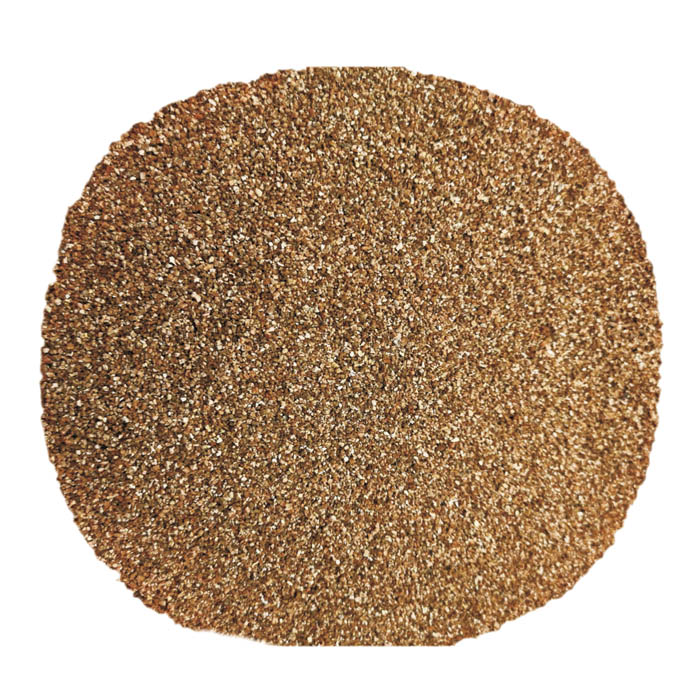Nov . 07, 2024 14:09 Back to list
Exporter of Fe-C Alloys for Global Markets and Industrial Applications
The Role of Fe-C Alloys in Modern Industry An Overview of Export Trends
The iron-carbon (Fe-C) alloy system is a cornerstone of modern metallurgy and materials science. These alloys, primarily composed of iron and carbon, play a critical role in the production of steel, which is integral to various industries, including construction, automotive, and manufacturing. As globalization continues to shape trade relationships and market dynamics, Fe-C alloy exporters are finding themselves at the heart of a complex and evolving economic landscape.
Understanding Fe-C Alloys
Fe-C alloys encompass a wide range of materials, from low-carbon steels to high-carbon tool steels. The primary distinction among these alloys lies in their carbon content, which can significantly influence their mechanical properties, including hardness, ductility, and tensile strength. For instance, low-carbon steels (with less than 0.3% carbon) are known for their excellent ductility and weldability, making them ideal for structural applications. Conversely, high-carbon steels (with more than 0.6% carbon) exhibit increased hardness and are often used in cutting tools and other applications requiring superior wear resistance.
The versatility of Fe-C alloys makes them indispensable in the manufacturing processes of countless products. From bridges and buildings constructed with mild steel to high-performance components in machinery made from medium and high-carbon steels, the applications are extensive and varied.
Global Export Trends
The global market for Fe-C alloys is characterized by significant export activities, with key players emerging from various regions. Countries like China, India, Japan, and Germany are among the leading exporters, capitalizing on their advanced manufacturing capabilities and abundant raw materials. For instance, China, as the largest steel producer in the world, has also become a dominant exporter of Fe-C alloys, catering to both regional and global markets.
In recent years, several factors have influenced the export dynamics of Fe-C alloys. The increasing demand for construction materials in developing countries has spurred growth in steel production and, consequently, in the export of Fe-C alloys. Infrastructure projects in regions such as Southeast Asia and Africa have created lucrative markets for alloy exporters, prompting them to adapt their production capabilities to meet the diverse needs of these emerging economies.
fe-c alloy exporter

Moreover, environmental regulations and sustainability practices are reshaping the Fe-C alloy export landscape. Many countries are implementing stricter regulations on carbon emissions and resource usage, which has led to an increased focus on producing greener alternatives in the metallurgical sector. Exporters are responding by enhancing their manufacturing processes to align with eco-friendly standards, thus gaining a competitive edge in markets that prioritize sustainability.
Challenges Faced by Exporters
Despite the promising prospects for Fe-C alloy exports, numerous challenges remain. Fluctuating raw material prices, particularly for iron ore and coking coal, can significantly impact production costs and profit margins for exporters. Additionally, geopolitical tensions and trade policies can create uncertainty, affecting supply chains and access to key markets.
Another significant challenge is the technological advancements in material science, which have led to the development of alternative materials and alloys. Lightweight composites and advanced high-strength steels are gaining popularity due to their superior performance characteristics. As a result, Fe-C alloy exporters must continuously innovate and improve their products to stay relevant in a competitive marketplace.
Future Outlook
Looking ahead, the future of Fe-C alloy exports appears promising yet challenging. As the world shifts towards digitalization and automation in manufacturing, exporters will need to invest in advanced technologies to enhance production efficiency and product quality. Moreover, fostering strong relationships with both domestic and international customers will be crucial for navigating the complexities of the global market.
In conclusion, Fe-C alloys play a vital role in many industries, and their exportation is a significant aspect of the global economy. As demand continues to grow, so too will the opportunities and challenges for exporters. By embracing innovation and sustainability, Fe-C alloy exporters can thrive in an ever-evolving landscape, contributing to the advancement of modern infrastructure and technology.
-
Eco-Friendly Granule Covering Agent | Dust & Caking Control
NewsAug.06,2025
-
Fe-C Composite Pellets for BOF: High-Efficiency & Cost-Saving
NewsAug.05,2025
-
Premium Tundish Covering Agents Exporters | High Purity
NewsAug.04,2025
-
Fe-C Composite Pellets for BOF | Efficient & Economical
NewsAug.03,2025
-
Top Tundish Covering Agent Exporters | Premium Quality Solutions
NewsAug.02,2025
-
First Bauxite Exporters | AI-Optimized Supply
NewsAug.01,2025
